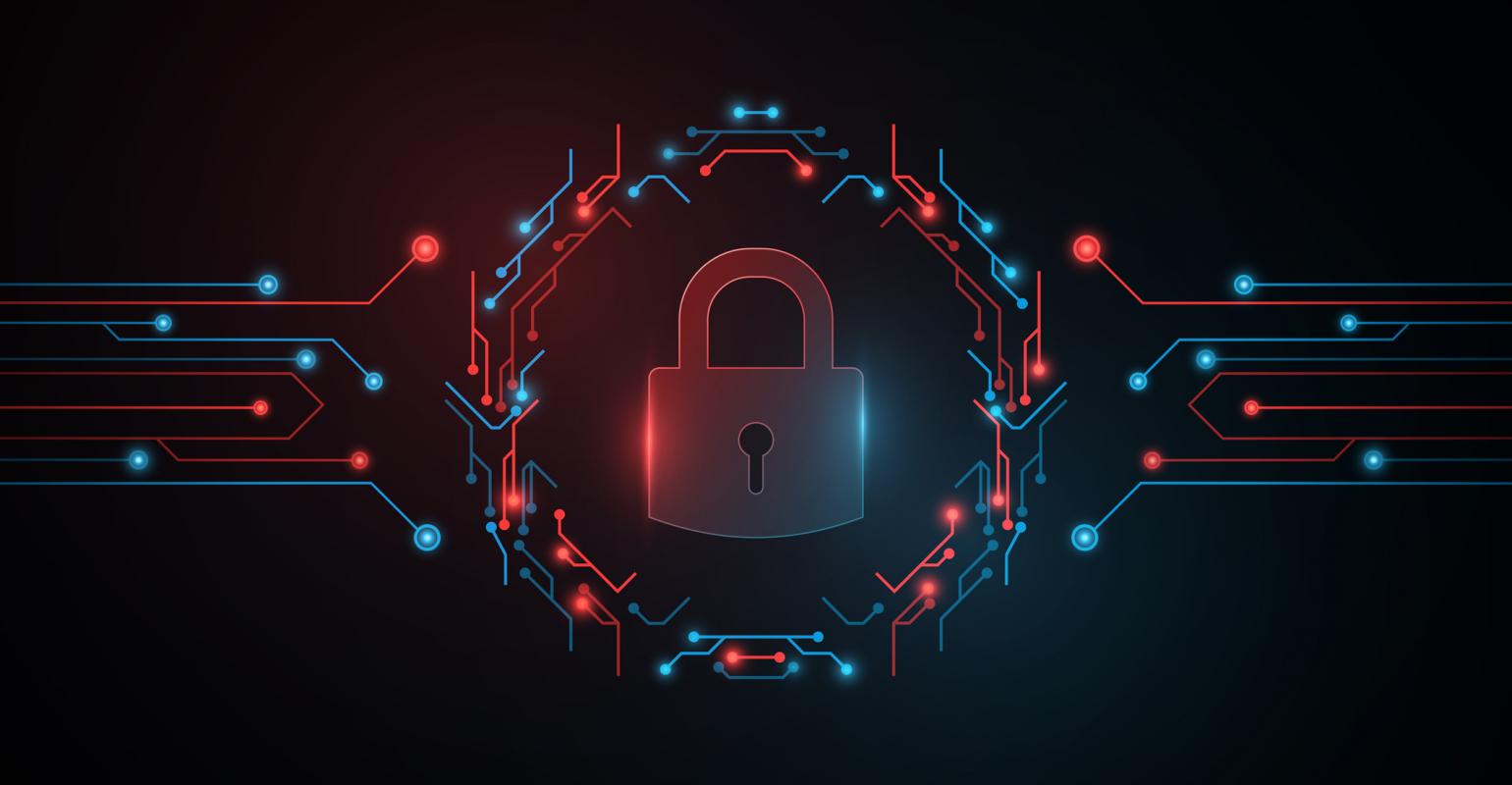At a time when the digital era has set in, and data breaches and cyber threats are increasing at an alarming rate, robustness in information security services is essential for even a small business or giant corporation to protect sensitive information from unauthorized access and cyber-attacks. For companies situated in technology hubs like Houston, the deployment of comprehensive managed IT security measures is not optional; it is a necessity for the firm’s business strategy.
Understanding Information Security Services
Information security services encompass a broad range of practices to ensure data integrity, confidentiality, and availability. These could include risk assessment, vulnerability scanning, protection from malware, and intrusion detection, among other things. The purpose is to protect information from threats such as data theft, leakage, or unauthorized access, which is critical for maintaining client trust and operational business continuity.
Cyber Threats on the Rise
As businesses depend increasingly on digital platforms—from cloud storage to online communication tools—they are also becoming more susceptible to cyber-attacks. Cyber threats are growing in sophistication and may end up being more disastrous. This reality makes information security services an integral part of any IT management strategy, especially in cities like Houston, where the demand for cybersecurity solutions is high.
Managed IT Security Benefits
Proactive Threat Detection
Managed IT security ensures the continuous monitoring of systems, allowing threats to be detected and responded to before affecting your systems. This proactive threat detection works toward reducing potential downtime and financial loss resulting from data breaches.
Compliance and Regulations
Businesses across almost all industries meet very tight regulatory requirements concerning data security. Managed IT services ensure that businesses can comply with laws such as GDPR and HIPAA, among others, avoiding hefty fines and related legal issues.
Cost Effectiveness
Sometimes, it is more cost-effective to outsource security tasks to an MSP than to maintain a cybersecurity team in-house. Managed service providers offer expertise and technology solutions without the overhead associated with hiring, training, and equipping a dedicated team.
Advanced Technology and Expertise
The best-managed services IT firms retain trained experts who stay up-to-date on the latest cyber threats and defence technologies. This level of expertise and advanced security technologies provides businesses with solid defence systems that in-house teams might find too costly or complex to implement.
Picking the Appropriate Provider
Businesses interested in a “managed IT services provider near me” .They should consider the scope of security services provided. The provider’s track record, and their ability to customize services to meet specific needs. A provider cognizant of local threats can offer more targeted and adequate security measures—especially if you are looking for cybersecurity in Houston.
The Role of Continuous Education
Training and awareness should be integral to employee training programs at all times. Properly educated employees become the first line of defence against phishing and other social engineering attacks. Regular training and awareness programs can significantly reduce the risk of security breaches.









